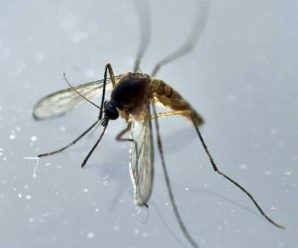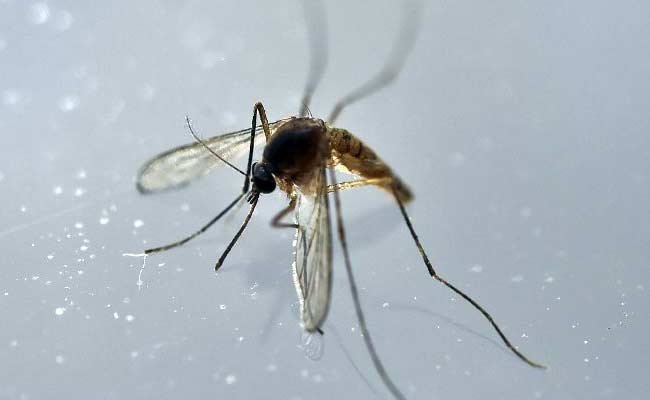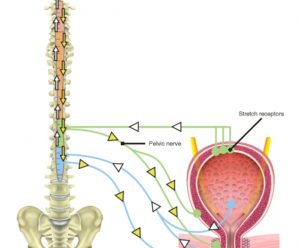Zika Virus -Brief Overview of Epidemiology, Diagnosis and Prevention

Problem Statement
- Zika Virus was first identified in a febrile rhesus monkey in Zika Forest of Entebbe, Uganda in 1947.
- Between Jan 1, 2007 and 17th Feb 2016, a total of 48 countries and territories documented Zika Virus transmission.
- From Nov-2015 to Feb-2016, a total of 5280 cases of microcephaly was reported in Brazil, including 108 deaths.
- In July 2015, Brazil reported 42 cases of Guillian Barre Syndrome with 62% of them having history of symptoms consistent with Zika Virus infection.
- In May 2015, Brazil reported first outbreak of Zika Virus infection in the Americas with suspected cases estimated around 440,000 to 1,30,000.
Epidemiology
Agent:
- Zika Virus belongs to Flavivirus genus.
- It is an icosahedral enveloped single stranded RNA virus.
- The lipid envelop is covered with dense projections consists of membrane and envelope glycoproteins.
Host:
- Based on entomological and seroprevalence surveys, Zika Virus infection have been reported in humans, primates and mosquitoes.
Environmental Factors:
- Higher temperature and heavy rainfall favors spread.
- Travelling Effect: Outbreak of Zika in Brazil is suspected to have been linked to 2014 FIFA World Cup and coupled with large population of insect vectors that inhabit the region.
- Urbanization (Mismanagement of Urban Waste) creates fertile environment for spread of infection.
Vectors:
- Recognized Vectors: Aedes aegypti and Aedes albopictus
- Aedes hensilli (2007 Outbreak in Yap Island)
Incubation Period:
- 3-12 days
Mode of Transmission:
- Primarily through bite of Aedes aegypti mosquito
- Human to human transmission through sexual contact, blood transfusion and mother to foetus during pregnancy have been reported.
Clinical Features
- May go unnoticed 80% of times.
- The common symptoms include fever, rash (fine maculopapular to diffuse), joint pain, headache, conjunctivitis.
- Association with Guillian Barre Syndrome is an emerging concern.
- Congenital Microcephaly Cases have been observed in placental transmission.
Diagnosis
- Typically based on Serologic Testing.
- RT-PCR (Reverse Transcriptase- Polymerase Chain Reaction) has highest sensitivity during initial weeks of illness.
- Later, Zika Specific IgM can be detected with ELISA test.
- All pregnant women should should be screened for travel history to Zika Virus affected areas. All pregnant women with history of travel to area of active Zika Virus transmission should undergo fetal USG (Ultrasonography) to evaluate microcephaly and intracranial calcifications.
- Fetal anomaly if demonstrated should be followed by amniocentesis for intrauterine evaluation of Zika Virus.
Management
- Usually self limiting.
- Supportive Care with rest and IV fluids should be given.
- Avoid Aspirin and other NSAIDS until Dengue is ruled out.
- Prevent further mosquito exposure of infected cases to reduce the risk of local transmission.
- Currently, there is no vaccine available for Zika Virus.
Prevention
Personal Protection:
- Avoiding mosquito bites.
- Using air conditioning or window and door screen when indoors
- Wearing long sleeves and pants when outdoors.
- Using insect repellents.
- Avoid travel to Zika endemic areas.
- Alert Pregnant Women to postpone travel to areas with ongoing Zika transmission.
- Women with Zika Virus infection and asymptomatic women with possible exposure to active transmission area should wait for 8 weeks before attempting to get pregnant.
- Brazil, Columbia, El Slavador have advised their women population to avoid pregnancies until 2018.
Prevention at the Health Care System Level:
- Early case reporting
- Surveillance
REFERENCES
- Zika situation report, 19 February 2016- WHO
- Zika Virus – Centers for Disease Control and Prevention (CDC)
- Gulich GA (2016) Epidemiology, Driving Factors, Transmission and Control Options of Zika Virus: A Review. J Infect Dis Ther 4:278







1 Comment
helpfull post
Comments are closed.